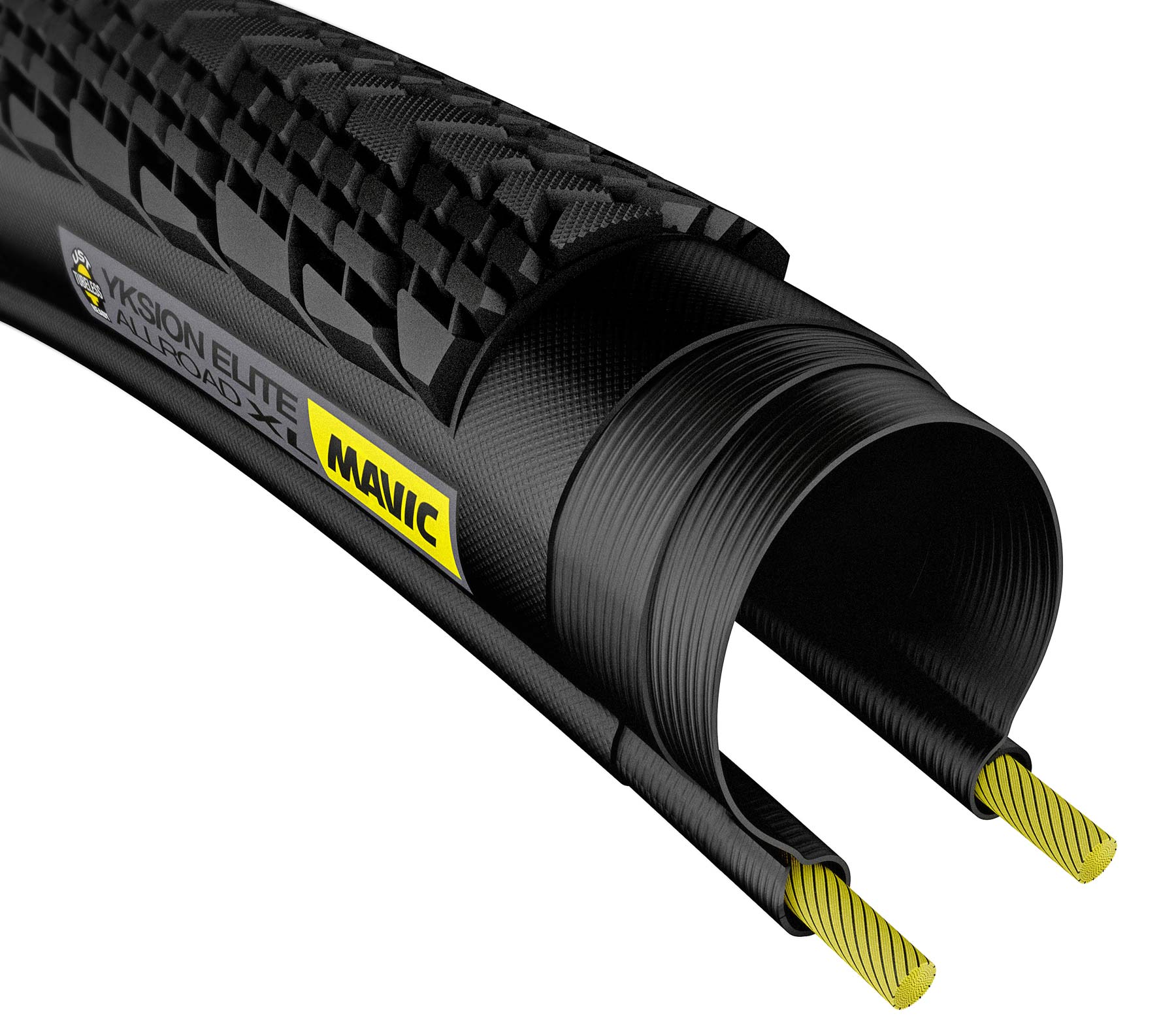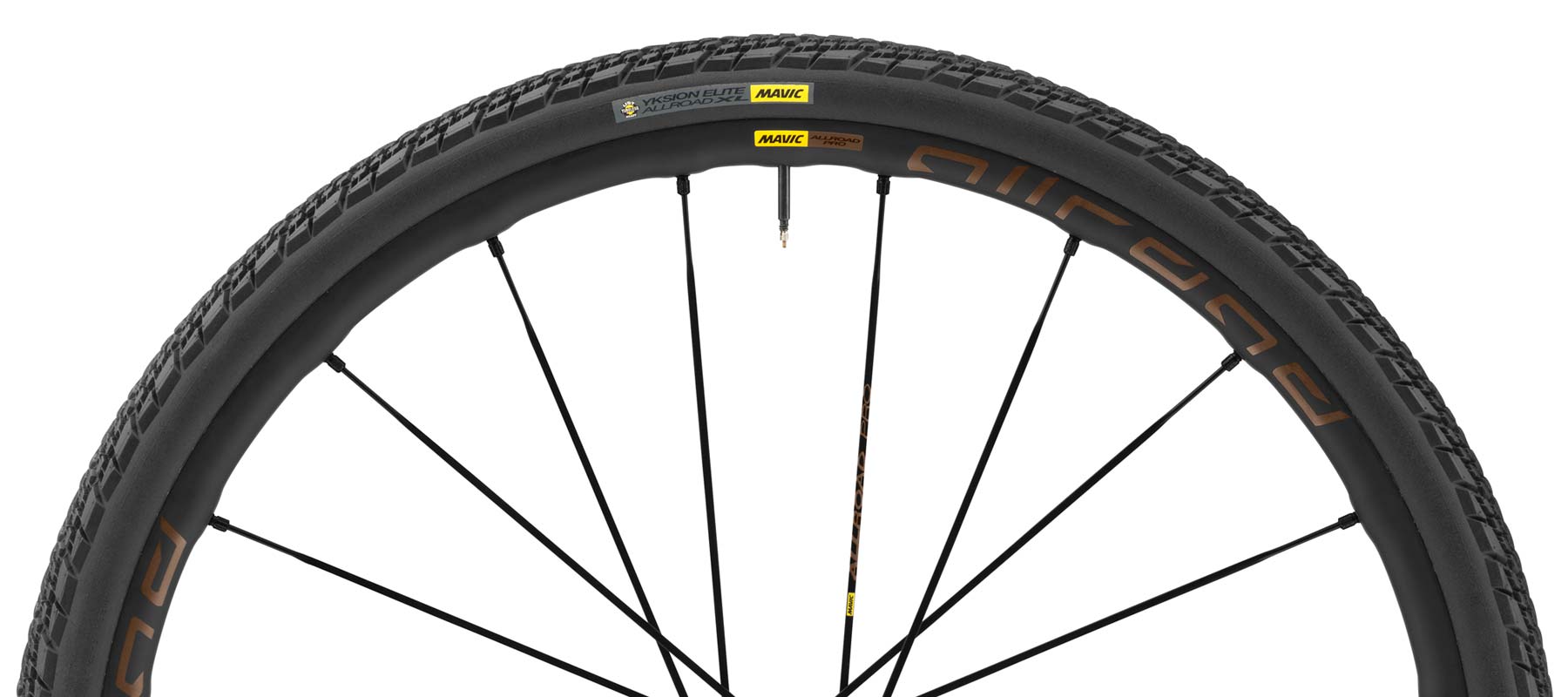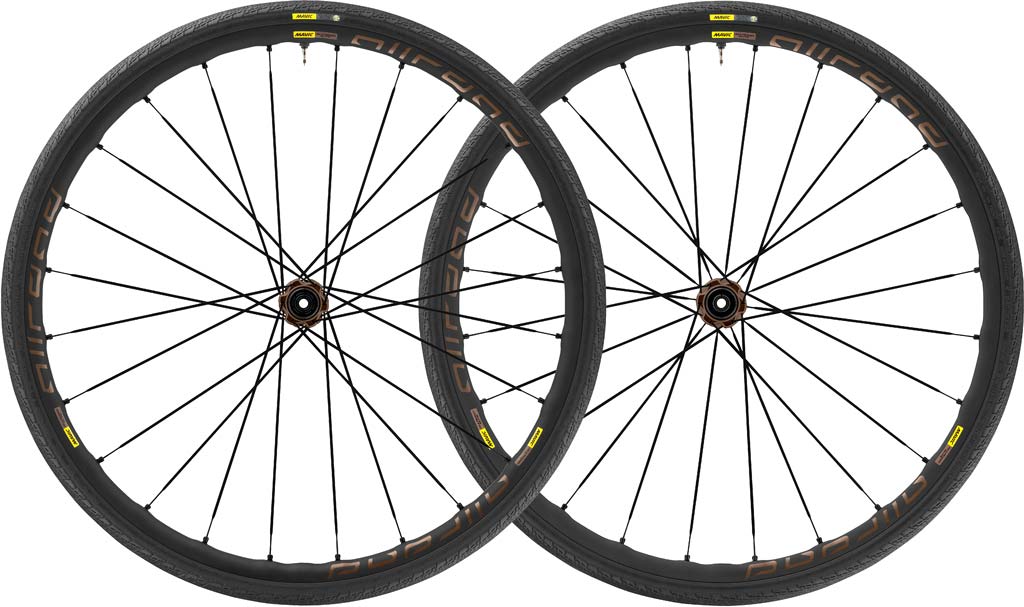We know, there’s no such thing as a stupid question. But there are some questions you might not want to ask your local shop or riding buddies. AASQ is our weekly series where we get to the bottom of your questions – serious or otherwise. Hit the link at the bottom of the post to submit your own question!
Last week it was all about wheels, rim, and hub tech. This week, Mavic’s responses to your questions shift to tubeless tires, rim width, standards, and the company itself. Dig in below, and if you have follow up questions, Mavic would love to hear them! Use the form at the bottom of this post to submit any more questions for Mavic.
- How close is the wheel industry to adopting a standard for tubeless tires?
Mavic: There is now officially a standard rim shape (since 2018) that has been adopted by the industry through the ISO and ETRTO norms. That’s the rim profile that’s been used and pushed by Mavic since the beginning of tubeless, that has not been tweaked and simply extended for road use. However, there is no such standard for tires. This would be about specifying a tire bead diameter and stretch / stiffness. But the tire industry did not want to include anything like that in the norms, as they consider it as being a part of their intimate knowledge and expertise that they don’t want to disclose to competitors. We are not particularly happy about this and we have, at least, made our specifications for tire tolerances in terms of bead diameter, public. It’s up to each tire manufacturer to require their industrial process to maintain consistency in terms of diameter and bead stretch and, so far, not everyone is interested in that. It is why we guarantee our road tubeless system and call it the “only standard in road tubeless”.
2. Any prospect of other tire manufacturers making road UST tires? Are Hutchinson’s tires compatible with road UST rims now, since they’re widely known to be the OEM for Mavic tires? Walter
Mavic: The short answer is YES!! We are working on it. But, as you can imagine, there are some marketing and commercial aspects to fight against.
Although Hutchinson is manufacturing Mavic tires, their tubeless tires do not use the same bead material, bead stiffness and/or bead diameter specifications. In most instances, their tires will work on our wheels, but in extreme cases where the tire bead is too small, they can be quite difficult to mount.
With that said, when starting our foray into “Road Tubeless”, we set the mission to bring the entire rim, wheel and tire industry to a commonly agreed upon set of rim dimensions that everyone would be free to use in order to make their rims / wheels. It would further allow every (willing) tire manufacturer to be able to rely on this standard to engineer and spec their tires. This has been achieved: the proposed rim profile and its tolerances are now part of the official ETRTO and ISO norms. This is how each Mavic UST rim is manufactured since their very 1st launch. However, it will take time for other rim/ wheel manufacturers to adapt their range to these standards and also for tire brands to adapt their tires in terms of specification and manufacturing consistencies.
3. It seems like all of your competitors are offering super wide deep section wheels that fit well with tires bigger than 25C. Do you think this trend will be the new standard given that most road bikes are now sold with disc brakes? When are you planning to have such offerings? Sebestyen
Mavic: In fact, we do offer wide rims to fit wider tires and have done so for the last few years. The minimum (internal) rim width available on our road wheel is 17mm and our range goes up to 21mm for our full-carbon disc brake wheels. Our Allroad (Gravel) wheels are available up to 25mm. All of that said, it’s much more than a number. At Mavic, we are making a Wheel-Tire System. This means that we are engineering and designing wheels and tires together. In doing so, we need to take into account performance (rolling resistance, weight, inertia) and also comfort, safety and ease of use. Norms like ETRTO and ISO are mostly here to define SAFETY boundaries. They’re made by bicycle industry members, including brands like Shimano, Sram, Zipp, Continental, Campagnolo/Fulcrum, DT Swiss, Schwalbe, Hutchinson, Michelin … and Mavic of course. When it comes to wheels and tires, those companies have defined which tires size can safely be used with a particular rim width. This sets the boundaries (and standards) of what can be combined in a safe way. Within those, each manufacturer does their math to offer what, in their opinion, creates the most benefits according to their priorities.
All in all, our extensive lab and field research has shown that optimal “performance” for road riding is achieved when combining a 19mm rim with a 25mm tire, or a 21mm rim with a 28mm tire. Variations of one size (i.e. 28mm on a 19mm rim or 25mm on a 21mm tire) generally offer only marginal differences in performance (gain or loss) but can have a major impact on safety in the case that the rim is too wide for the chosen tire (based on ETRTO / ISO).
With all of that said, using the optimal tire pressure will have a much higher impact on performance (and safety) than a couple of mm on the rim. This is why we created the MyMavic app which takes into account the desired performance, weather conditions, tire type (tubular, tubeless, clincher), rim and tire size to recommend the best tire pressure. Most people find that they can actually roll faster at a lower pressure than they are used to …and… the added bonus is that their ride will be MUCH more comfortable!!
Anecdotally, disc brakes have no impact on rim and tire combination, except in terms of functionality in the frames. Part of the reason our rim brake wheels come with a maximum of 19mm internal rim width is that, quite simply, anything wider will not fit in many frames and they also will not work with most road calipers.
4. Why did it take so long to move towards wider rims?
Mavic: Moving to wide rims was joined to the evolution of ISO and ETRTO standards that our parent company, AmerSports, would not allow us to break – for obvious reasons of liability. Then, see answer to question 3. =-)
5. With the trend of increasingly wider tires and wheels to suit those wider tires, what is the perfect (preferably scientifically proven) ratio of tire to rim width? On some new road wheels the tire to internal rim width ratio is over 80% (say 21mm internal width with a 25mm tire) while some MTB wheels still stick to a much more conservative 40-50% (25mm internal width with a 2.2in tire). Is there a good ratio for road and a good ratio for MTB or is there a good range to stick to for all types of riding? James
Mavic: Thanks James. There is some science to answer your question, but also some personal feelings and preferences. Science is about tire behavior, rotating weight (inertia) and safety. And then, see answer to question 3.
6. In view of the fact that the current CEO of AMER Sports and the new consortium have commented publicly that the debt to revenue ratio for MAVIC is not sustainable, who are Mavic management talking to about a buyout in order to keep the iconic brand alive?? Brian
Mavic: Obviously, it’s no secret that Amer Sports and our management team are looking for a new owner for Mavic. We have a few innovative projects (new products + business models) that make us very confident and excited about our future. We wish we could say more … but they aren’t QUITE ready yet. Hopefully, the new owner will help us bring those projects to life to continue the excitement in the cycling industry.
7. How are the staff internally dealing with uncertainty with the pending sale of Amer Sports? As a follow up, are Mavic and ENVE included in the sale to the Chinese consortium or will they be sold to a separate entity(s)? Von
Mavic: Thanks, Von – we’re doing OK. =-) The sale of AmerSports to the Chinese/Canadian consortium has had no impact on Amer’s decision to discontinue the cycling activities. So, Mavic is still out for sale. We have a few innovative projects (new products + business models) that make us very confident and excited about our future. We wish we could say more … but they aren’t QUITE ready yet. Hopefully, the new owner will help us bring those projects to life to continue the excitement in the cycling industry.
8. Why does it take so long to get your proprietary spokes in stock?
Mavic: We won’t hide from this issue and apologize for any inconvenience it causes. We suffer from logistic issues between the French and US warehouse. It’s partly linked to Mavic’s own organization but also to the fact that we must use the AmerSports group processes and subcontractors – which are not always suited to our business. Soon, we’ll be independent again and we hope to greatly improve this point – it is at the top of our list once we regain our autonomy.
9. How many variations of spare spokes to you stock in total? Neil
Mavic: About 300! We keep spokes to be able to service wheels at least FIVE years after they’ve been discontinued. So, we’ll leave the math to you. =-)
10. This is not a technical question, but one that would help reveal details of your wheels. On your website, can you include photos of the wheels and hubs from an angle in addition to the photos of the side? There are details in the hubs (colors, logo, etc.) that just aren’t visible currently. Thanks! Steve
Mavic: Great feedback, thanks Steve. We’re going to investigate the possibility to add these photos in the future.
11. Will there be a lighter/carbon Allroad wheel set in the future? Tom
Mavic: Oh Tom, don’t spoil it for everyone… stay tuned! 😉
12. Do you plan on adding more disc compatible wheels to road line? Robin
Mavic: Thanks Robin … we have the impression you haven’t looked at our product range for a few years. =-)
All of our road wheels have a disc version, from carbon to alloy, from aero to superlight, from entry level to high-end. The only exception is obviously on wheels with an Exalith rim, since it is rim brake technology and R-Sys SLR (Exalith and TRACOMP).
Make sure to check out Pt. 1 if you haven’t already!
Got a question of your own that Mavic didn’t answer? Click here to use the AASQ form and submit your own question! If we get enough of them, Mavic could be back for part 3!




